This is a continuation from Part 1 and Part 2.
Decisions, decisions
My Sunday started with me waking up and satellite-messaging my family saying that I may spend another half night in the Talc City hills and pack up late at night around 2AM and drive off to park somewhere on public land that had cell service so I could work on Monday. I was a 15-minute drive away from cell service. As I started my day, I saw a band of clouds on the southern horizon. It didn’t look good. I then recalled that the forecast for Sunday was not particularly good and there may be clouds in the south, which is why I had considered driving up north to near Monitor Pass for a brief half-night of observing. So at the very least I had to drive 15 minutes each way to cell service to check on the forecast.
I looked at the time, and it was already around 1 PM; I had slept in as much as I could. With sunset at around 7 PM, I had but five hours to figure out, and if needed pack up and leave. I decided I might as well pack up and head to someplace with cell service that also supported a clear sky. So I spent two arduous hours playing tetris with my 28-inch in what I thought was a big pickup truck when I purchased it (clearly I got it before I saw the telescope). To quote Randy Pufahl when he saw my truck loaded with gear: “Gosh, that’s 7 pounds of shit in a 5 pound bag!”. This would’ve been a lot easier had I had a trailer, but then I’d need to deal with finding the space to park it yada yada. The present setup is inefficient but works for me.
Location, location, location
I got to Lone Pine by about 4:30PM, by when I had refreshed Astrospheric and realized the forecast was crystal clear and the clouds were slated to vanish after dark. The clouds made for amazing light and shadow on Mt. Whitney and the high Sierra peaks. I was famished, low on water supply, and craving caffeine – all three were easily fixed in 20 minutes in Lone Pine. The longest wait was to get a nice sandwich at the Lone Star Bistro.
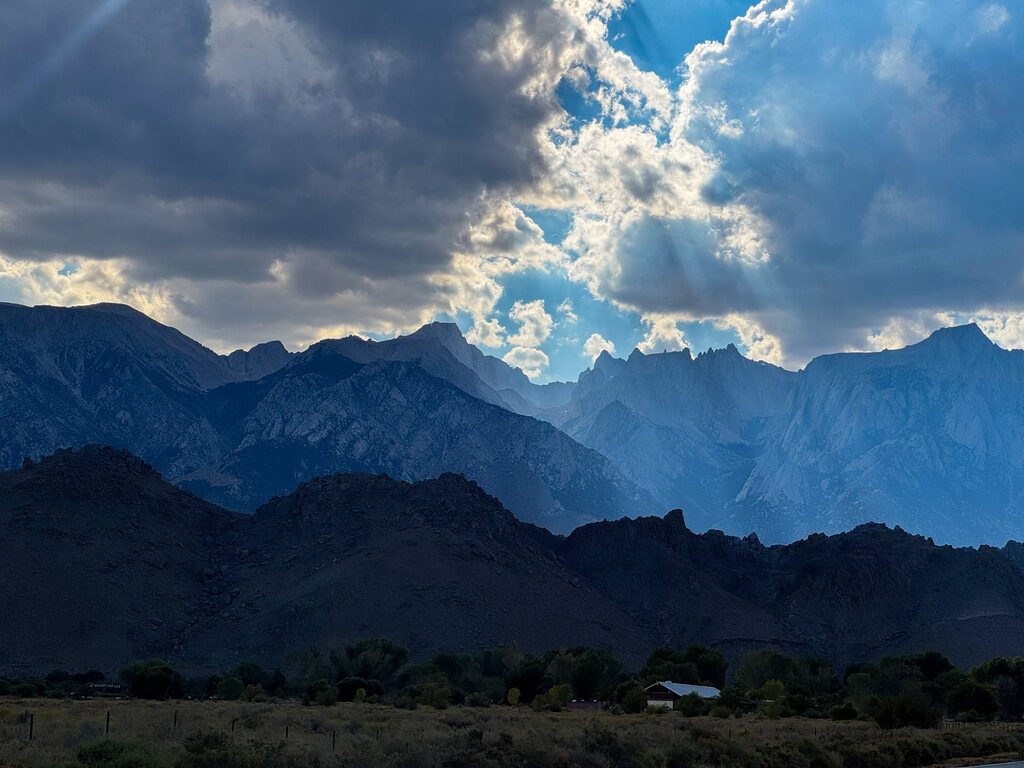
I hadn’t figured where I was going to set up for the night yet. I had to have cell service so I could work, and I had to ideally get there before dark so I could find a good spot when there was light. I reasoned that if I went high up in the Inyo mountains, I would be within line-of-sight of a cell tower: it was only in the canyons that I wouldn’t have connectivity. I remembered San Diego visual observer Paul Alsing mention a road that went up into the Inyo mountains to a ghost town called Cerro Gordo, and although the town itself was private property, there was plenty of BLM land around. I pulled out a Benchmark map of California that shows land ownership, and sure enough, the town was surrounded by BLM land. Phew. I looked up the iOverlander app and someone had marked a camping spot on there with “passable cellular service”. Great, this was a good road to explore.
In the waning daylight, I ascended the washboardy Cerro Gordo road, making sure to drive slowly remembering that I was carrying precious glass. Not even a mile in, I already found a few viable spots – there was cell service, and plenty of space in the rocky washes on the side of the road to set up. Yet, I would really want to get out of a canyon to have nice atmospheric seeing and get to higher altitude. I drove on, and after about 20 minutes of driving all of a sudden the hills around opened up to a vista of Owens Valley and the Eastern Sierra peaks, the cell service returned, and I found out I was at the spot marked on iOverlander. It was an excellent camping and observing site! Plenty of room, very scenic, cell service, and just enough flat space to set up my scope. Soon as I parked, I had a friend hop on a zoom call to ensure that I was able to take a meeting. I also logged into work and checked my calendar and messages. Once that worked, I was set. I pulled my truck around and backed up to the flat spot and unloaded my telescope.
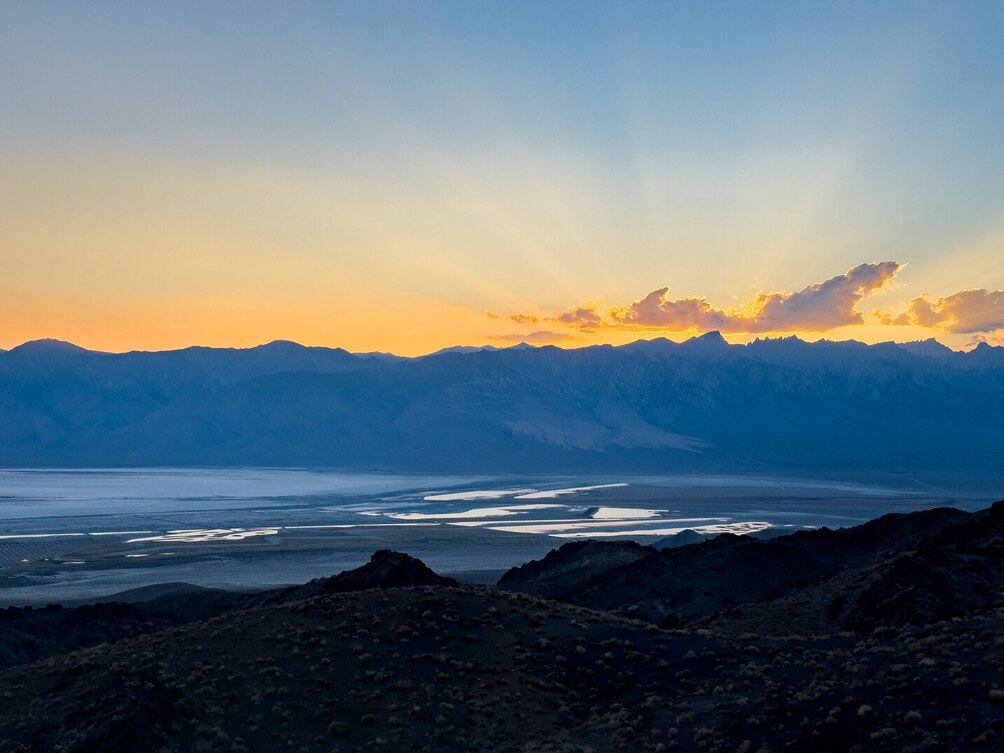
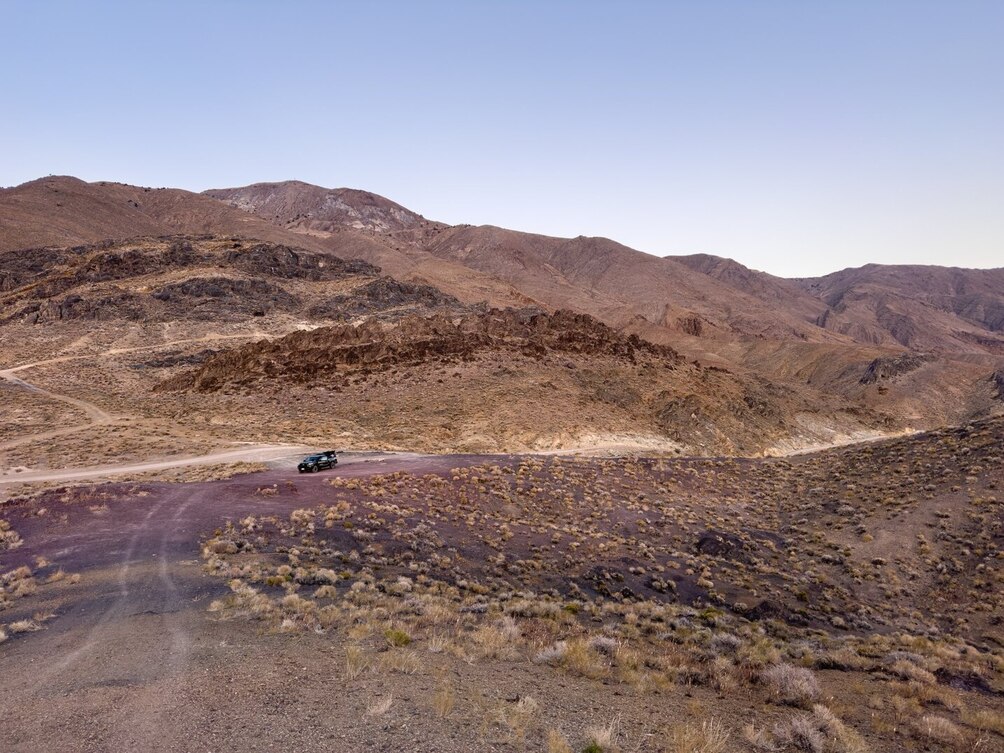
All of this would not be possible if not for my strong-willed mother, who decided to handle certain things by herself so that I could do my astronomy. The least I could do was call in and check in on her, and doing so also made the mundane task of putting together my telescope much more pleasant. Clouds hovering over Mt Whitney in the evening made for excellent views, but around 20:30 when I had finished setting up, they starting moving closer. They were nowhere in the forecast. I hoped that they’d settle into the valley and leave me alone.
Warm up
As usual, I start on something light, and this time I chose M 13. Why not check out
Next up,
Oh no! Just as I finished this observation, the clouds had actually made it atop the Inyo mountains. There would be suckerholes though, and the clouds were only attacking the northern sky. I was seeing a lot of astigmatism in my stars and had to re-settle the mirror in the cell to remove it. By the time I finished this, I was officially in solid suckerhole land.
Chasing suckerholes
in Pegasus lies in a naked-eye star desert, but I fortuitously found it. At 291×, a bright core harbored a stellar nucleus, both visible continuously to direct vision. Averted vision revealed a dim halo extended slightly around the core, elongated northeast-southwest.
I foolishly attempted extremely dim globular cluster
is a nice edge-on, somewhat dim. A star flanked the leading (western) edge of the halo. The lagging (eastern) side of the brighter core seemed brighter than the leading side. The halo seemed weakly mottled. I suspected a knot detached from the core on the eastern side. Then I got suckerholed.
Soon after, the sky got totally skunked. At least I had internet. I vented out my frustration in an astronomy chat group. Who ordered these clouds, they weren’t in the forecast.
About 20 minutes later, the clouds rapidly began receding back to where they came from, i.e. west. Looks like the wind direction had changed and some winds were now blowing from the east. I was joyous that my night may be saved, but at the same time really perplexed in the bizarre ways of the wind and clouds.
First the north cleared, so I looked at my list for objects in Cassiopeia and Perseus (this is unfortunately not easy at present with KStars), found that I could go for
By this time, Pegasus had opened up.
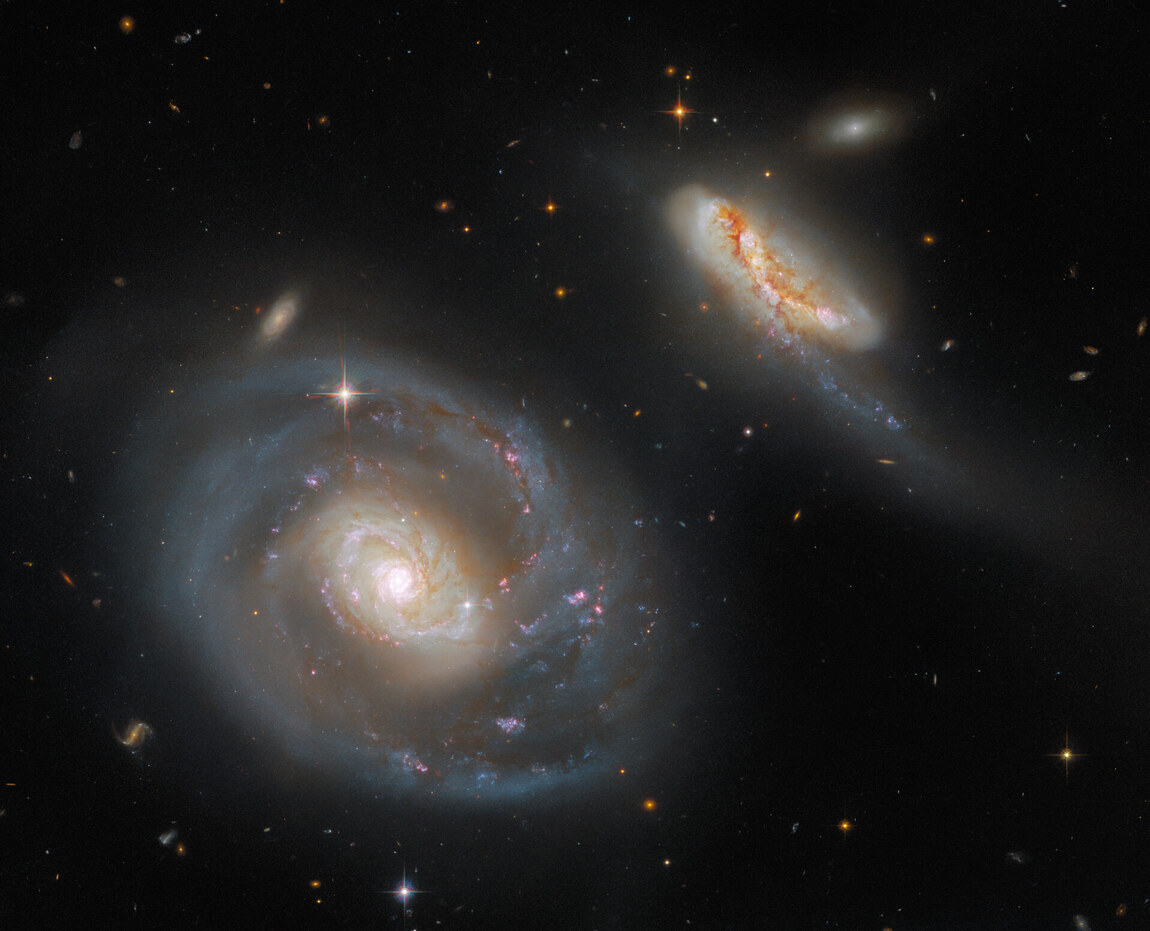
IC 5283 appeared as a lower surface brightness, elongated glow. It didn’t appear straight, but curved clockwise going from west-northwest to east-southeast. The overall appearance was mottled and patchy. I did not pick up on its very dim tidal tail.
Astigmatism
Rocking the focus back and forth, I kept seeing astigmatism in the image. I was using small exit pupil (1.5mm), so it couldn’t be the astigmatism in my vision. Was it something related to the mirror cooling? Or was it the cell? I pointed to Polaris so I could study the star image without tracking. The astigmatism was gone! Just as I started analyzing it further, I got suckerholed! The clouds had to interfere not just with my observing, but also with a star test!
I had a chance to dig further into the astigmatism the following night, and confirmed for my own curiosity – it wasn’t in the mirror or the annealing of the glass, it was in the cell. My running theory is that the felt support pads for the flotation system have lost their low friction over the years and needs to be replaced. Older mirror cells were invariably made with felt furniture pads as support; more recent cells are generally built with nylon or delrin supports to avoid this problem. I would at some point need to replace the felt with delrin or nylon and see what happens.
People are sensitive about optics, cell designs and stuff. I would like to be as scientific in my approach as possible and as emotionless about the nature of these things. I encountered a telescope in an observatory of a similar size to mine with a very astigmatic figure. I’m not sure what the source of astigmatism is, it may well be the mirror mount; but the important thing is that hundreds of people enjoy excellent views through this telescope each year, and to me that makes this telescope much more successful than a hypothetical perfect mirror. I don’t want to obsess over the figure of my mirror and cell and lose sight of what I really want to do – observe the deep sky. Yet, I would like to leverage the best possible performance out of my setup when viewing dim extragalactic features at high power. Resettling the mirror in the cell made my astigmatism almost vanish, and I continued to enjoy observing rather than visual pixel-peeping.
More galaxies
was fortutiously in my 5mm Pentax XW FOV (7 arcminutes) after I pointed at the region with a Telrad. It was a nice-looking galaxy, pretty bright with an elongated halo with a weak mottled appearance. I saw a couple condensations which looked like knots which I later verified were superposed stars.
Next I brought up
After studying the DSS2 image and noting the positions of
For what it’s worth, I also picked up
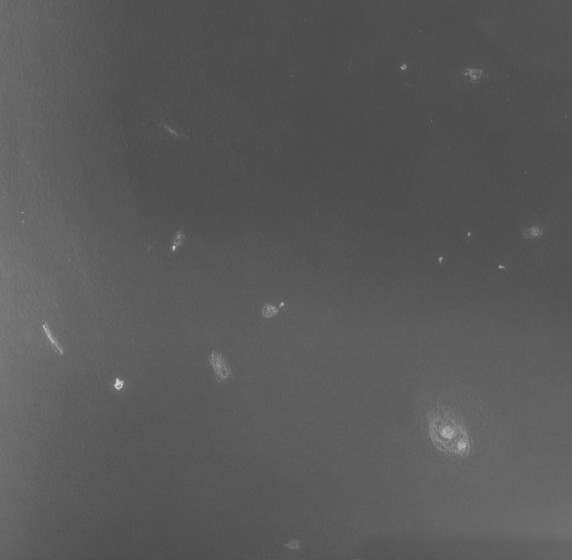
After I finished sketching the field, I spent some time fixated on the field, enjoying the glowing blobs of light scattered in the dark field amidst stars, conetmplating for a moment what I was witnessing.
Somewhere along the night, there was a barn owl screeching in the distance. Owl hoots have become associated with enjoyable nights of astronomy now, and so I have come to love them and other sounds of the night.
I had already observed
Next up
The surrounding field is dotted with distant and dim galaxies. Of these,
Click here for Part 4